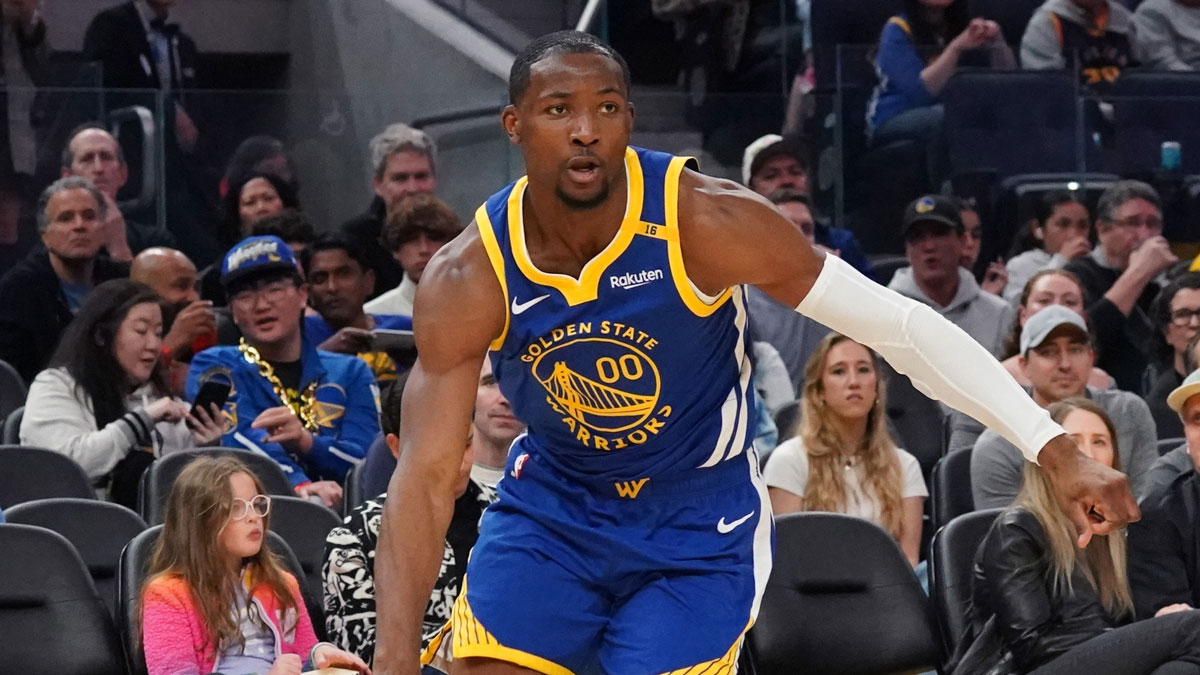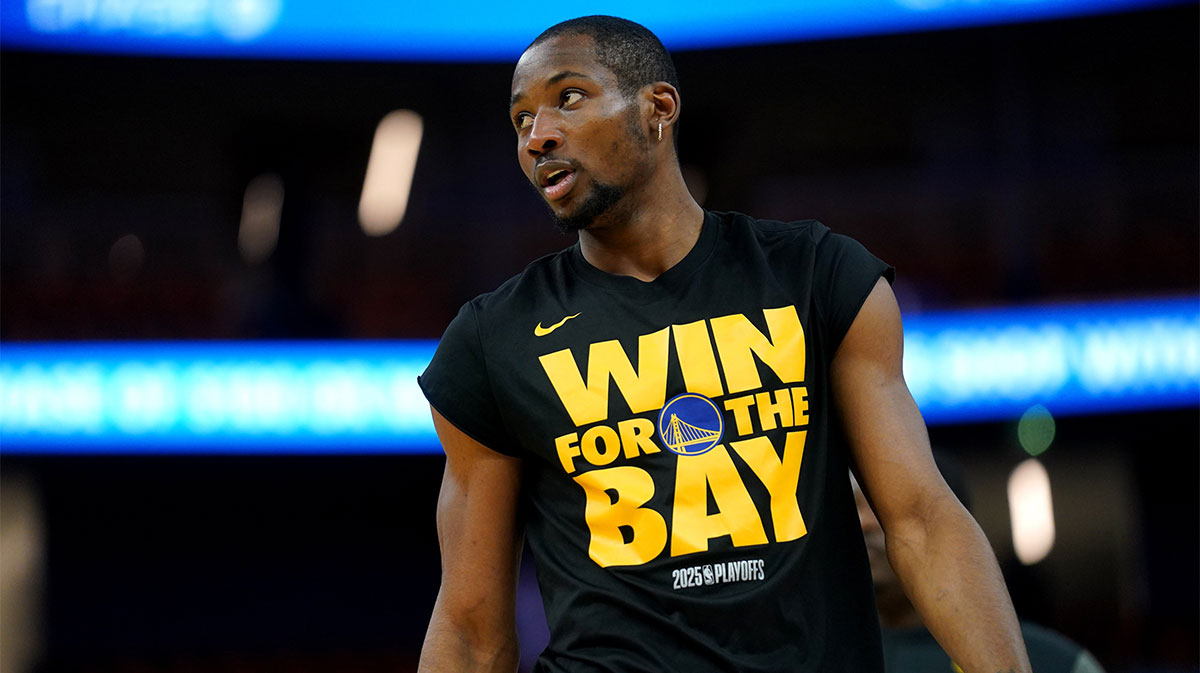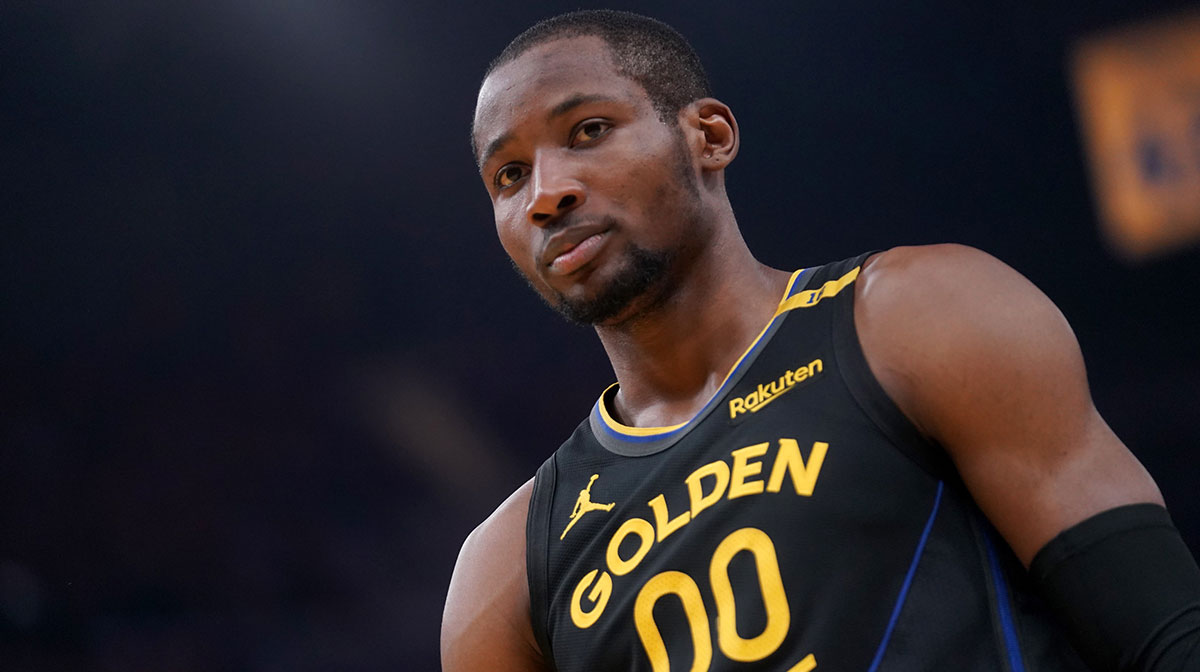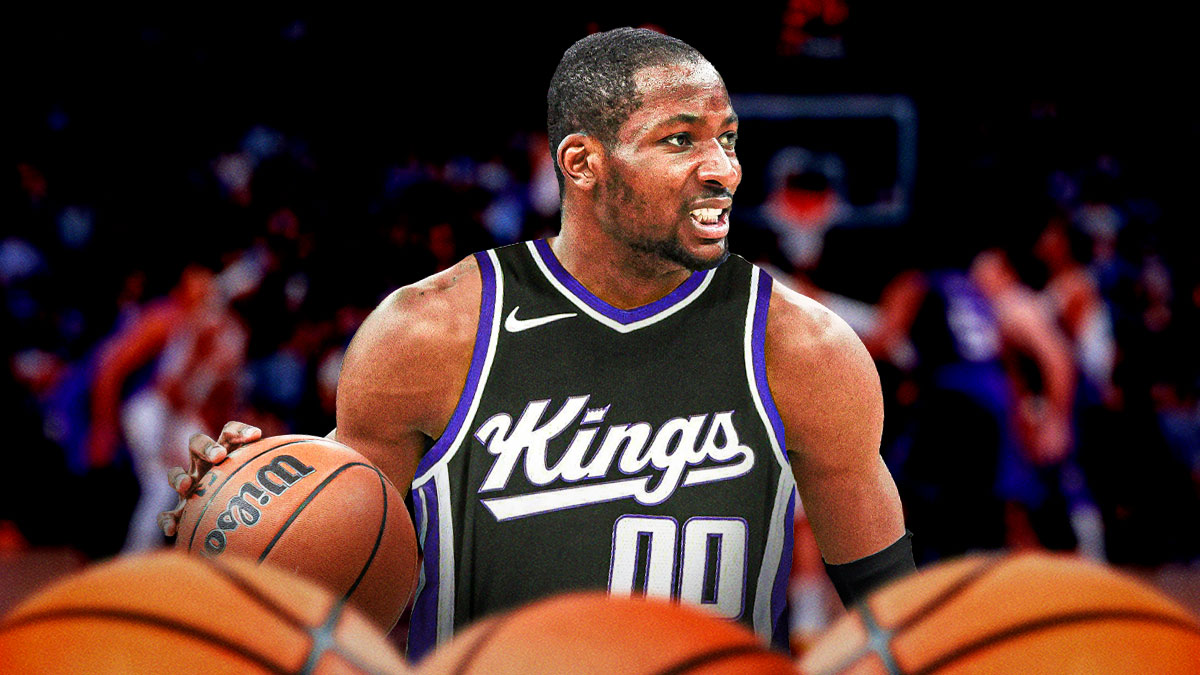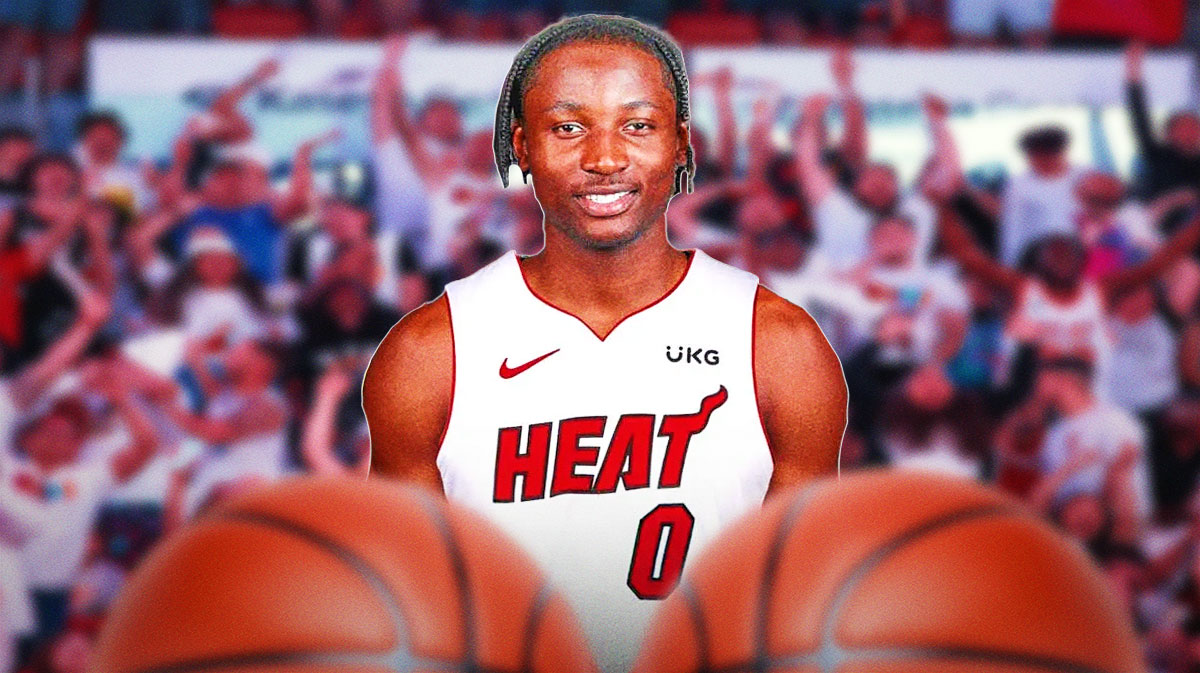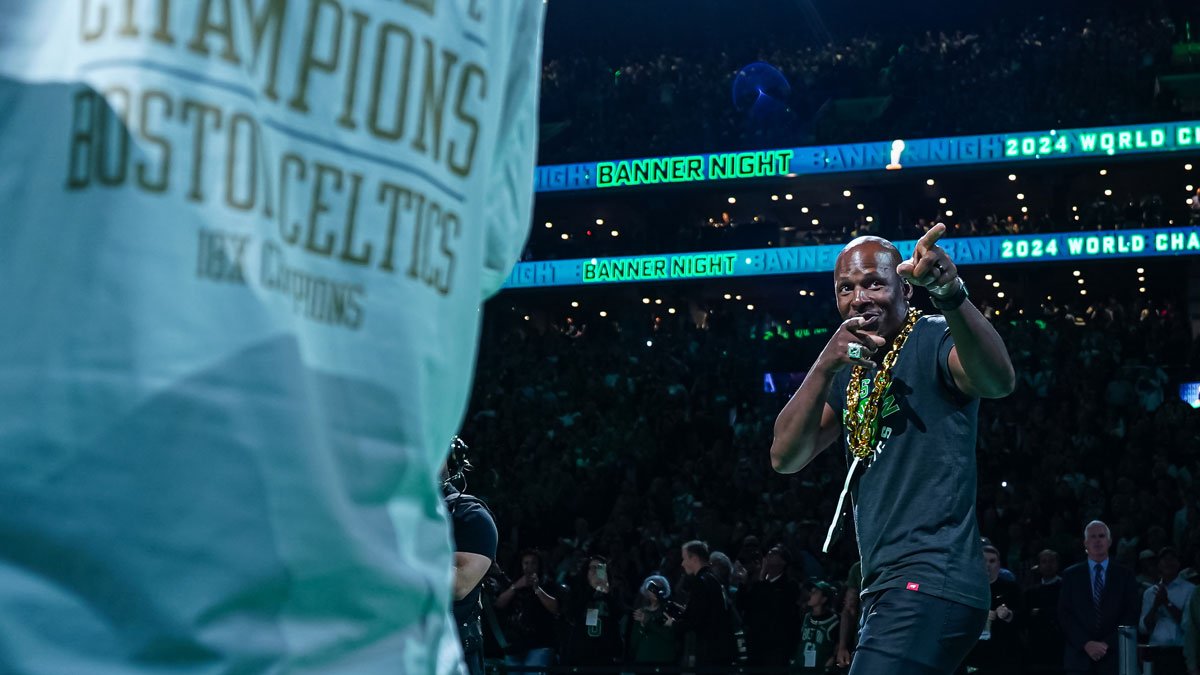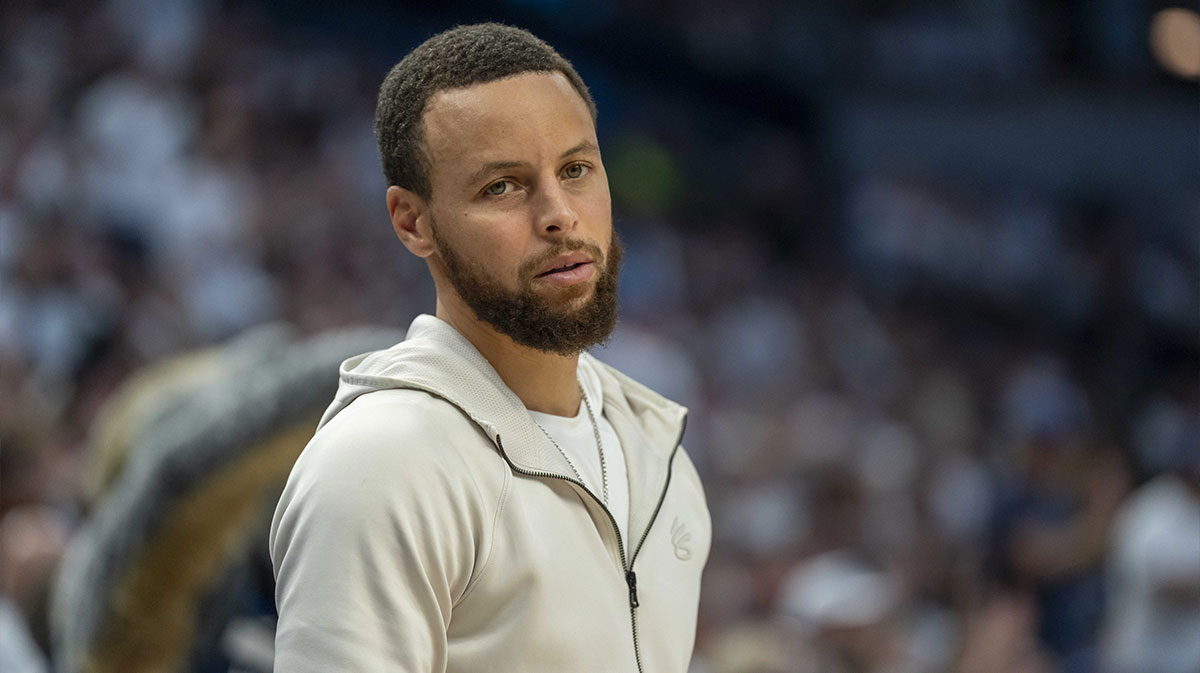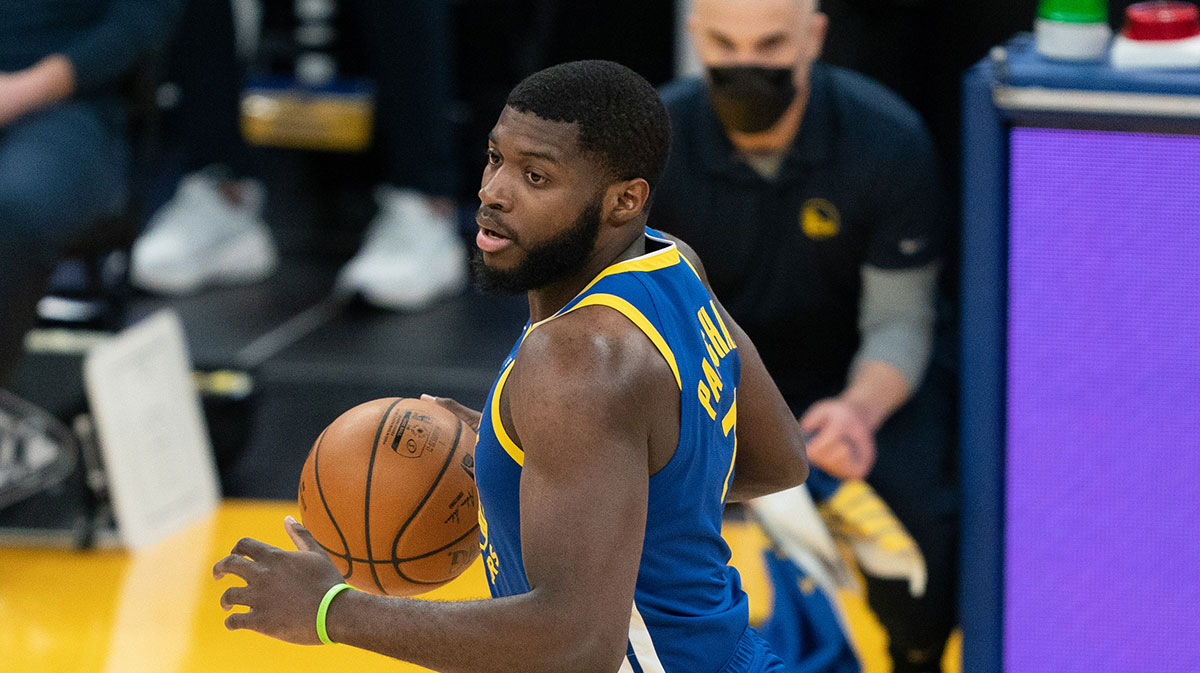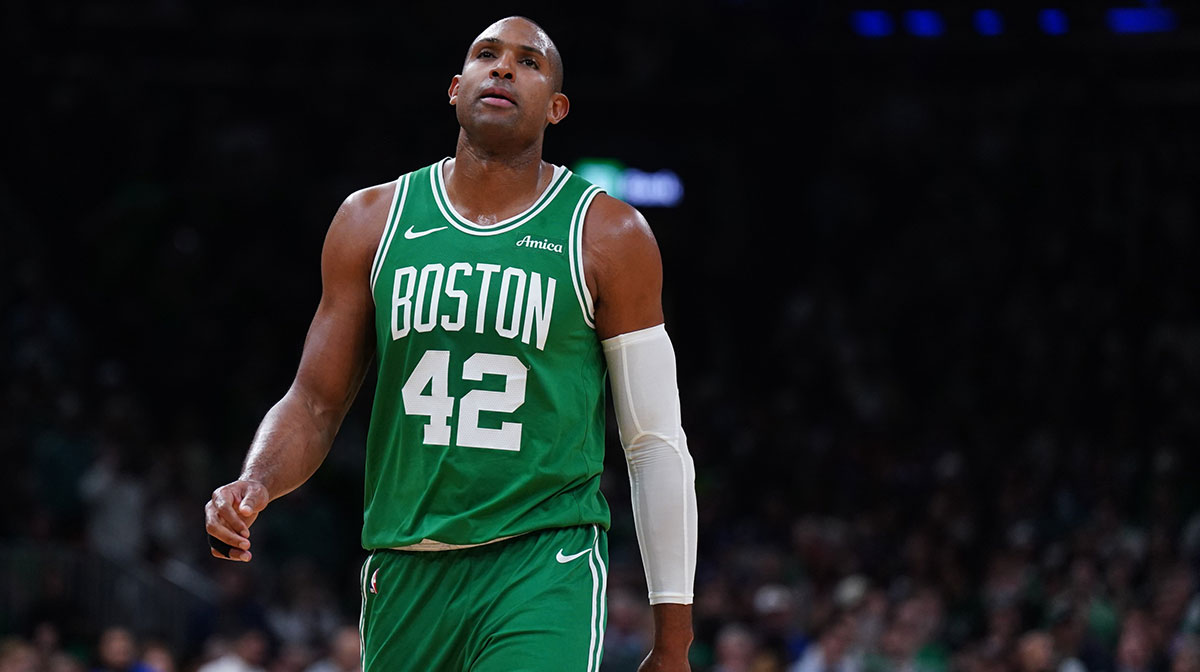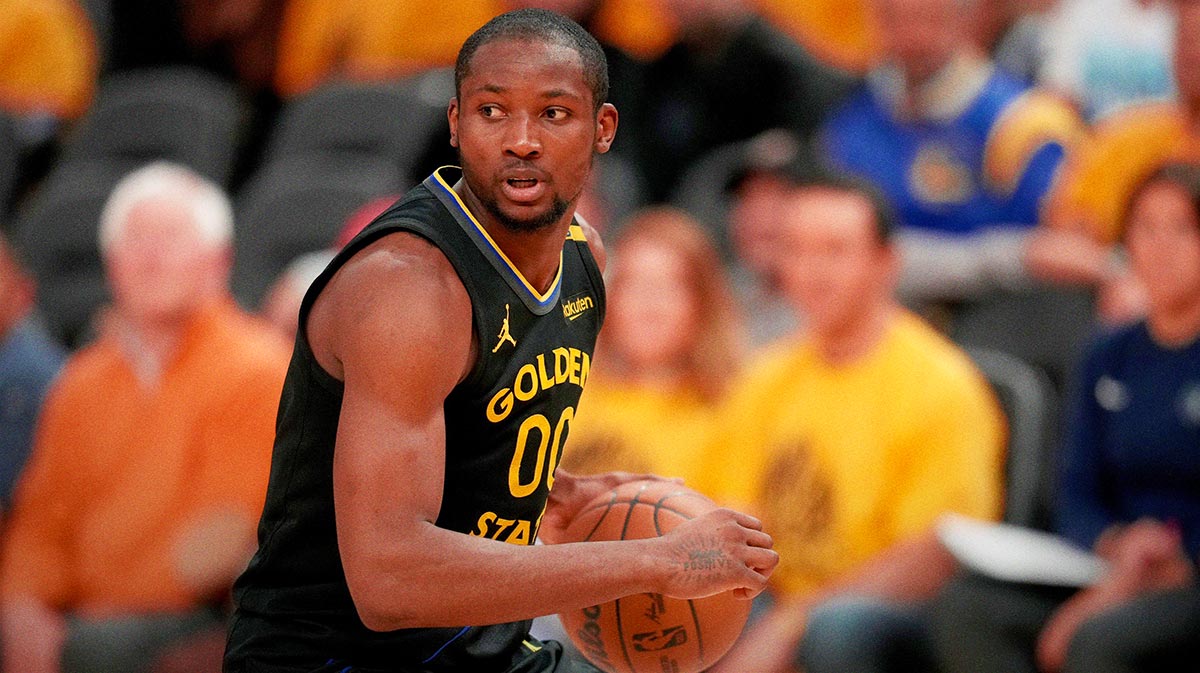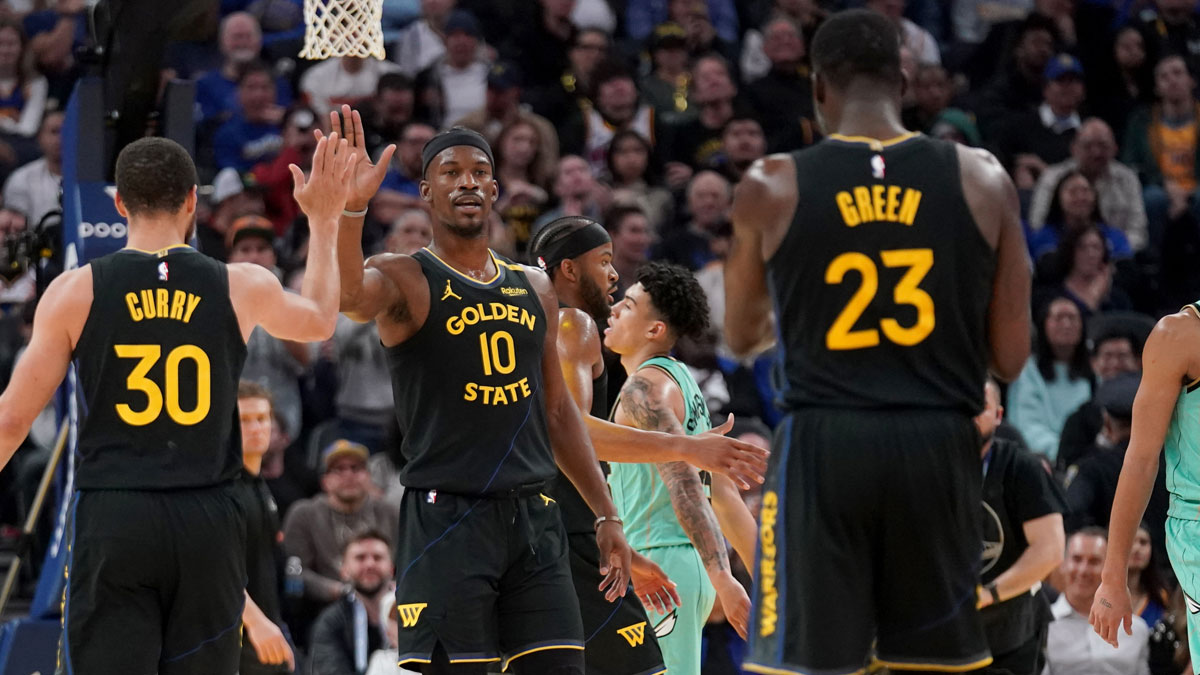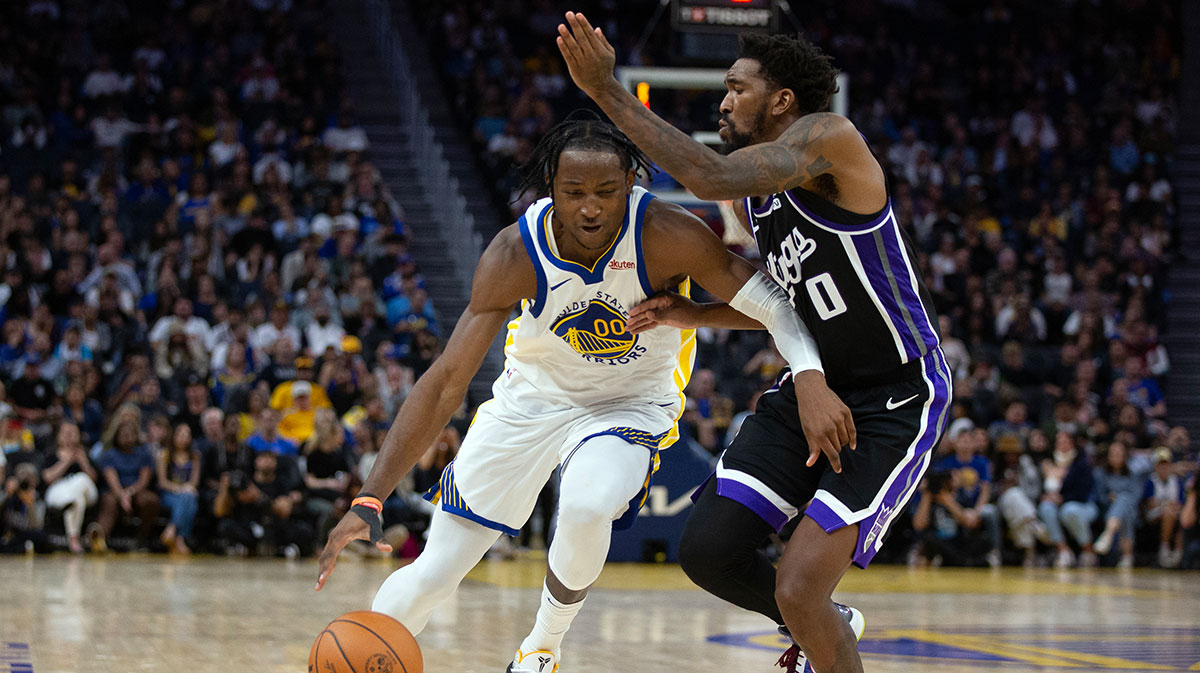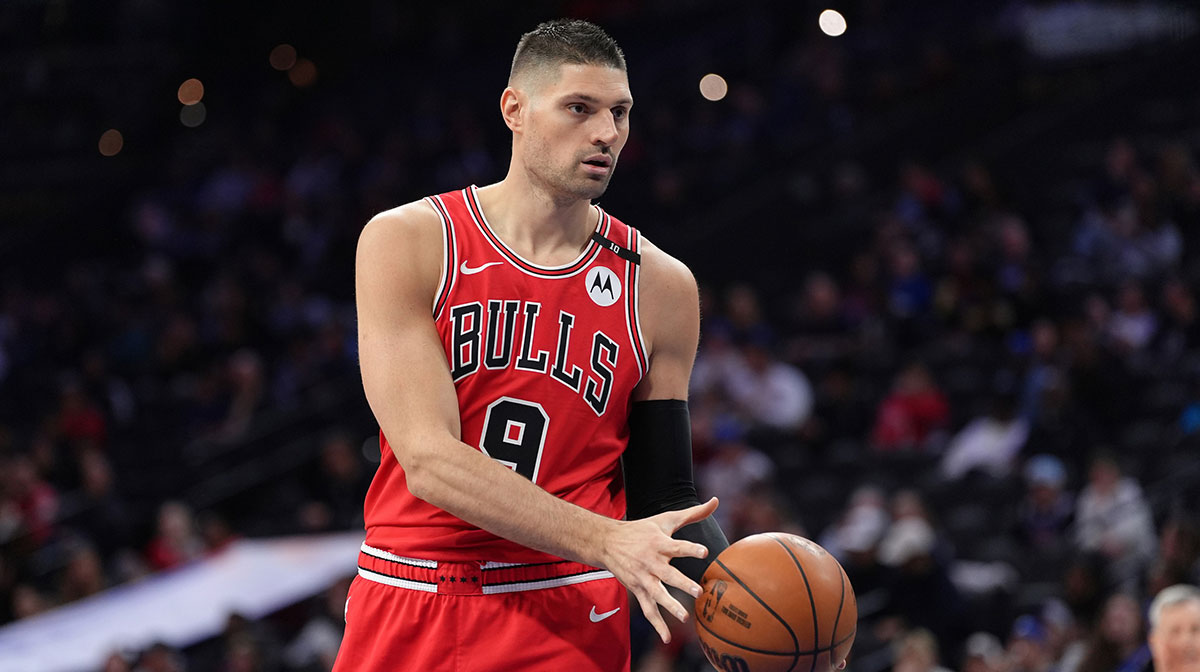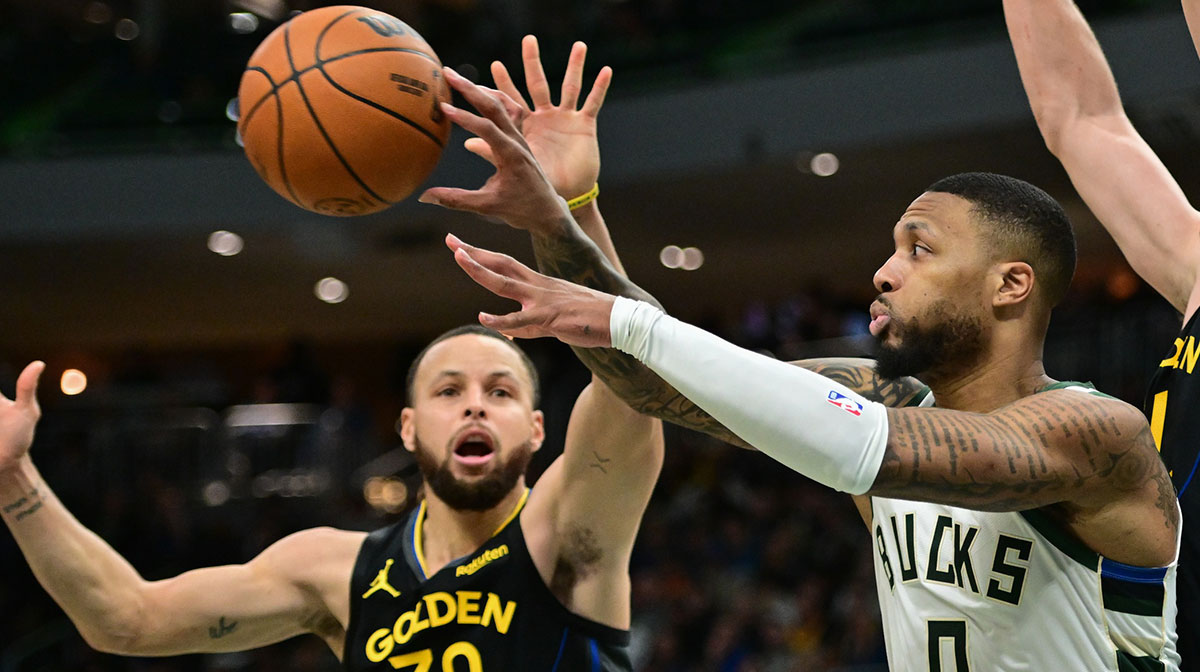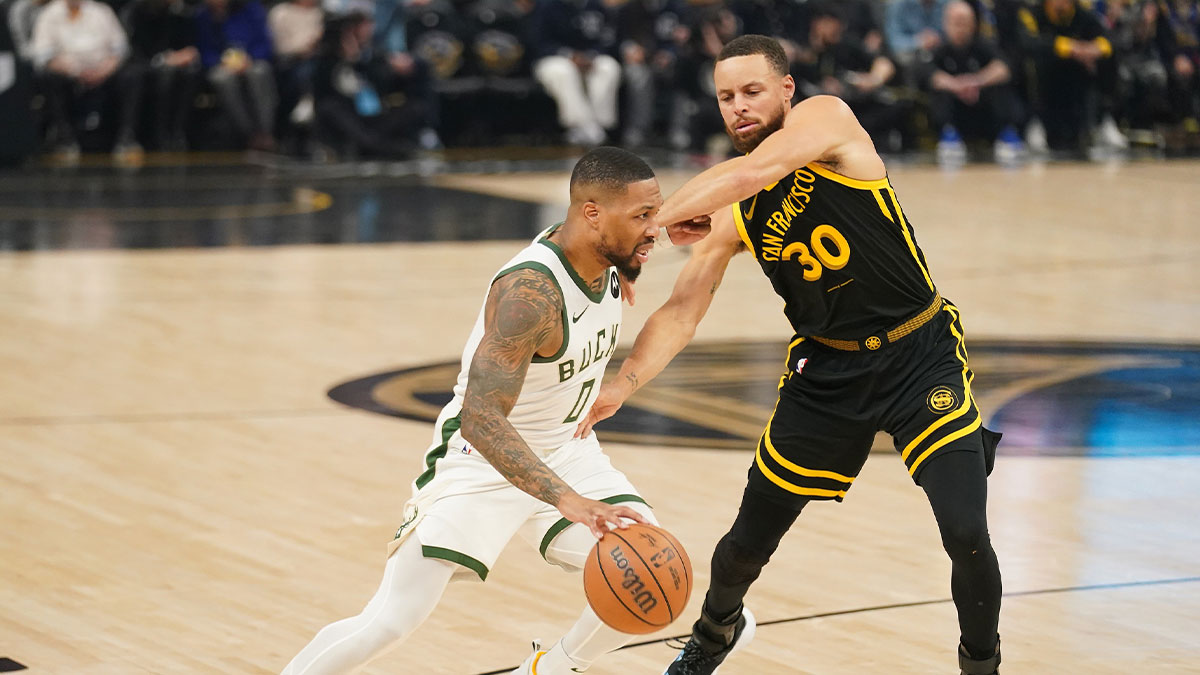In the playoffs, every series is a chess match. Every game is an amalgamation of moves and countermoves. In Game 1 of the Western Conference Finals, the Golden State Warriors saw a weakness in Portland Trail Blazers' center Enes Kanter's defense. And they attacked it relentlessly.
What the Warriors run on offense is no secret: they set a dizzying amount of screens–both on-ball and off-ball–to free up their shooters. Teams will defend the Warriors' screen actions in many ways, with the Houston Rockets switching early in their series, and to decent success. But with Kevin Durant gone, they most recently attempted to trap the ball-handler coming off of pick-and-rolls. While sending two defenders to the ball is a strategy many teams have employed to slow down Stephen Curry, Curry took that defense and burned Houston for 33 points in the second half of Game 6.
Now matched up with the Blazers, the Warriors know that Enes Kanter doesn't have the quickness to switch, or trap and recover, so he'll often “drop” on pick-and-rolls, meaning he'll stay deep in the paint to deter drives and layups. On the flip side, he'll give up the mid-range shot or the three.
Here's an example in the Blazers' second-round series vs. the Denver Nuggets where Jamal Murray got the open three off of Kanter dropping in the paint:
Kanter's man, Nikola Jokic, set a ball-screen for Murray. And Kanter, who traditionally will drop in these actions, did exactly that. Maurice Harkless, Murray's defender, tried to go under the screen, but with Kanter already dropping, Murray got a wide open look from three.
The Nuggets run a lot of pick-and-roll and handoff action to get their shooters open. But they don't quite have the shooting acumen to consistently punish Kanter's dropping defense. The Warriors do.
Kanter ended Game 1 vs. the Warriors with 10 points and 16 rebounds, including five offensive rebounds. Offensive rebounding is one of his strengths, and giving up offensive rebounds happens to be one of the Warriors' weaknesses. To counter, and to try to get Kanter off the floor, the Warriors took advantage of his lack of quickness on defense.
Let's dive into film of several plays in Game 1 where the Warriors attacked and exploited Kanter on defense.
In this play in the second quarter, Curry comes off of a simple ball screen by Draymond Green. Notice how deep Kanter is:
Seth Curry, Steph's defender, was trying to chase his brother around the screen. Meanwhile, Kanter, Green's defender, dropped down to contain Steph if he drove to the basket. Unfortunately for Kanter, Steph is also a deadly three-point shooter off the dribble. The result was a wide open look for Steph.
On this play in the third quarter, the Warriors run a similar action. As soon as Steph received the ball, Kevon Looney–Kanter's man–came to screen. This was no accident; the Warriors were hunting to get Kanter involved in screen actions all night. Damian Lillard tried to chase over the screen, but with Kanter so low, it's another open triple for Steph:
On that play, Kanter was so low that he had both feet fully in the paint when Steph elevated for the shot. Except for Lillard chasing from behind, there was no Blazers defender remotely near one of the best shooters in the world.
This time, it's Klay Thompson's turn. In the fourth quarter, Kanter was again guarding Looney, so Kevon set a pin-down screen for Thompson. Klay doesn't get an open three because C.J. McCollum did a good job of chasing around the screen. But the Warriors flowed right into another screen to expose Kanter:
After the initial three was denied by McCollum, Klay threw it back to Looney in the post, and they went into handoff action. As expected, Kanter again didn't step up, and McCollum was hung up for a second by the screen. Klay sprung open for the mid-range jumper, and he nailed it.
In the fourth quarter now, with the Warriors starting to pull away, the Warriors again wanted to get Kanter involved in some screen action. But this time, Steph wasn't open coming off of the screen:
After the handoff by Draymond Green, Curry turned the corner and looked to drive. Kanter was again in the paint and nowhere near Curry, so Rodney Hood finally did something about it. He knew he was guarding Andre Iguodala on the perimeter, who's not a three-point threat. So Hood helped off of Iguodala to stop Curry's drive.
With good awareness, Iguodala noticed his man help off of him, and dove straight to the basket. With three Blazers defenders all looking at Curry, a simple pass rewarded Iguodala with the open dunk.
Now with three minutes remaining and a 12-point lead, the Warriors ran their famous post split action that has served them well over the years:
Looney entered the ball to Draymond Green in the post, and Looney promptly set a screen for Curry on the perimeter. Kanter, who's guarding Looney, was again down deep in the paint. Rodney Hood got hung up by the Looney screen, and it's yet another wide open three for Steph.
Late in the fourth quarter with two minutes remaining, Kanter finally did something different with his defense:
Looney came up to set a screen for Curry, but this time, Steph rejected the screen. He went to his right and had a step of separation from his man, Rodney Hood. Instead of being deep in the paint though, Kanter stepped up and stayed in front of Curry on the drive. As a result, Steph didn't have a layup and passed it back out to Draymond.
But Kanter wasn't off the hook yet. After Steph kicked it out to Draymond, Kanter was left wandering the paint, oblivious that his original man, Looney, was rolling to the rim. The pass from Draymond earned Looney the easy dunk.
Kanter's defense was giving up wide open looks to the Warriors all night. And while the strategy to “drop” on pick-and-rolls and screens may work against a good number of other NBA teams, the Warriors will feast on that defense every time.
There may be no easy answer to solve the problem of Steph Curry and Klay Thompson. Terry Stotts, the Blazers' head coach, was asked post-game if he would consider trapping, like the Rockets did in their second-round series.
His response?
Terry Stotts on his decision to drop the bigs vs Steph Curry… pic.twitter.com/64T7tVgFHd
— Anthony Slater (@anthonyVslater) May 15, 2019
Stotts, with some sass thrown in, referenced Steph still scoring 33 points in Game 6 against the Rockets' supposed trapping strategy. The truth is that the Blazers don't really have the personnel to trap, or even hedge, and then recover. Kanter isn't quick enough on the perimeter, and it's not just Kanter either. Stotts also had Zach Collins drop as well.
Whatever their adjustment ends up being, Steph Curry and Klay Thompson, two all-time great shooters, can't keep getting open looks on the perimeter.
Or else the Blazers' dream journey into the Conference Finals will quickly turn into a nightmare.


